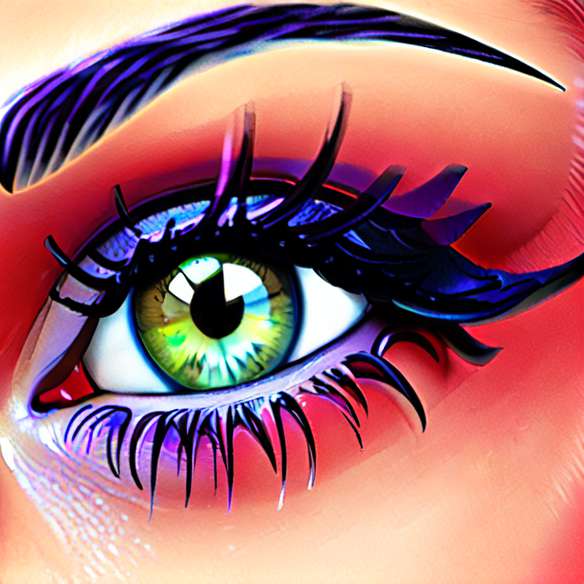All About AMD: Possible Treatments

Monitor dry AMD
No curative treatment of dry AMD exists. The best way to slow down the evolution of disease is to watch it. Your ophthalmologist can offer you regular visits depending on your predisposition to the disease or its progress. The Amsler grid (easily available on the internet or on brochures dedicated to disease) allows you to monitor your central vision at home and alert your specialist in time if an abnormal vision is detected. Taking supplements and vitamin supplements can help delay the development of the condition. Studies have shown that taking certain vitamins ocular delayed its development and favored the preservation of vision.
Treat wet AMD
The best-known treatment consisted of destroying the abnormal vessels formed under the retina using the laser. A technique that has its limits because it is only possible if the neovessels have not touched the center of the vision. Another proven technique is dynamic phototherapy, which attacks the vessels and preserves the retina, and injections of corticosteroids (such as Kenacort) directly into the eye to regress these vessels.
Anti-neo-vessel treatments, a big step forward
For about 4 years, specialists have been talking about anti-angionic treatments (also called anti-neovessels) which represent a remarkable step forward in the treatment of wet AMD. These are fragments of antibodies directed against neovessels and injected directly into the eye. Surgery is only offered in case of complications.
Re-education
Losing partially or totally the view completely changes the habits. Some senses are developed (such as smell or hearing) and people with AMD need to be able to use the remaining peripheral vision to best perform the tasks of daily living. Visual rehabilitation allows people to maintain their independence and undertake several activities. It can be done in specialized centers, at an orthoptist or at home with a professional. It should be known that AMD affects not only vision but also morale.
The psychological dimension is very important, as in any person with a disease. The relationship between the professional health, the optician and the patient must be privileged and trusted. The duration of the rehabilitation depends on the needs of the patient and, of course, his motivation.








